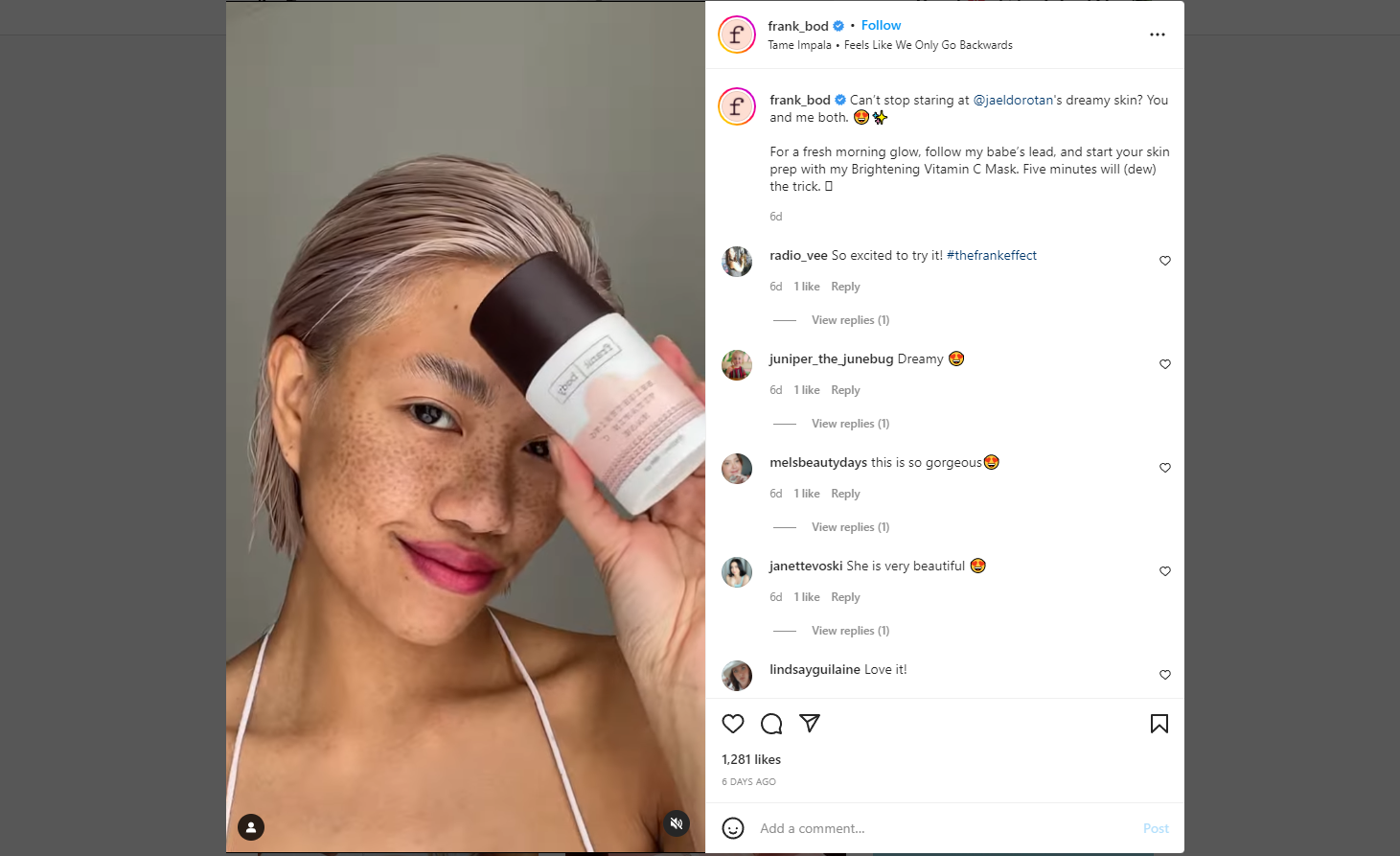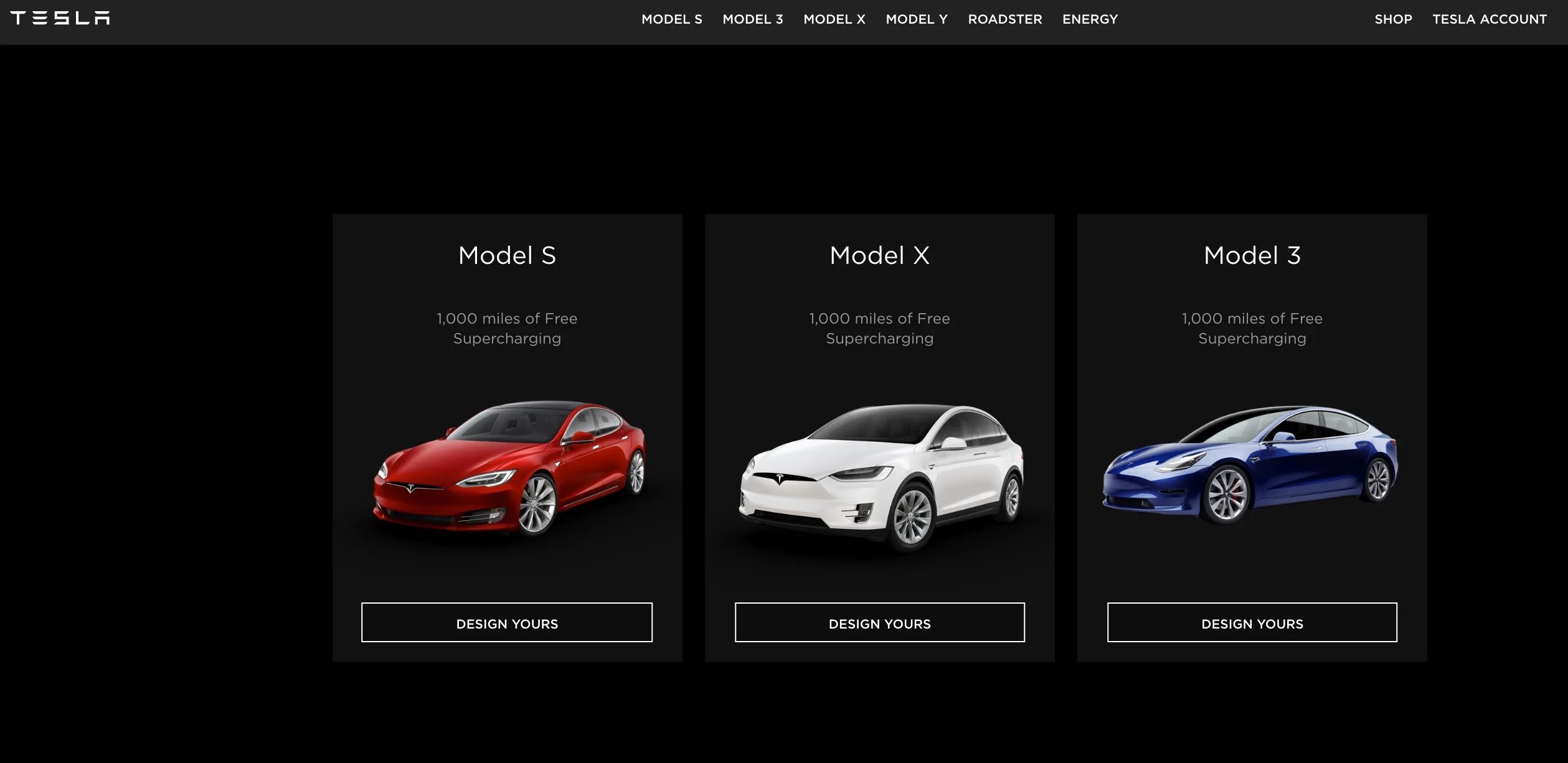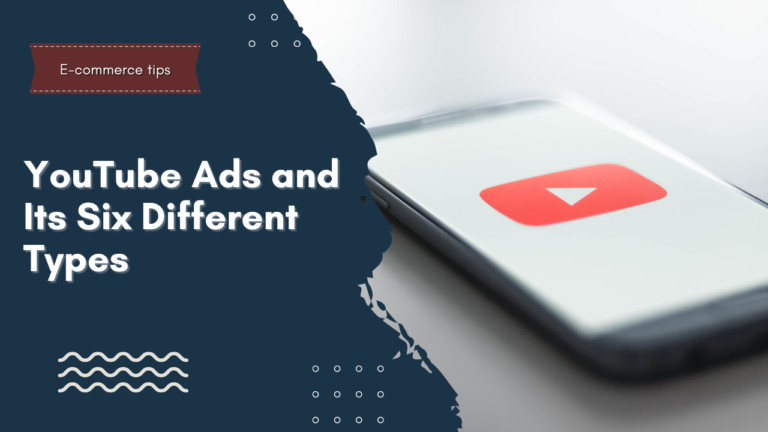Loyalty Marketing 101: An Introduction
Every brand knows the importance of acquiring loyal customers as they are the driving force of business growth. They contribute to repeat sales and offer massive marketing potential to brands who want to reinforce relationships with their existing consumer base. If you haven’t heard of loyalty marketing before, you’re missing out on the benefits it can bring to your business.
Loyalty marketing revolves around the foundation of your avid buyers. Here, you leverage brand loyalty to retain high-value customers and acquire new ones. Loyalty marketing tactics have been around for quite some time, and it’s only now that businesses are starting to realize their effectiveness in creating brand awareness.
This article will discuss loyalty marketing and how you can successfully implement it as part of your overall marketing strategy.
What is loyalty marketing?
Loyalty marketing aims to strengthen a brand’s relationship with its existing consumer base through rewards, loyalty programs, incentives, etc. The goal here is to maintain trust with your customers and reward them for their continued patronage of your brand.
When competing in a saturated market, it can be challenging to differentiate yourself from other brands. That’s why loyalty marketing exists; to make your business stand out and give your customers a reason to keep choosing you.
According to Smallbizgenius, around 75% of consumers prefer doing business with a brand that offers rewards and incentives. That figure alone tells you that loyalty marketing should be a crucial component of your marketing efforts. Loyalty marketing is a fairly straightforward concept that, when executed properly, can enhance your brand reputation and secure more repeat business.
Why should you implement loyalty marketing?
There are four main reasons why you should implement loyalty marketing. Let’s break each one down below:
1. It’s cheaper to retain existing customers than to acquire new ones
It’s well-known in the business trade that retaining customers is much cheaper than acquiring new ones. Why? Because customer acquisition requires significant amounts of time and money on your end. You need to develop a marketing campaign that appeals to the interest of your audience and shell out thousands of marketing dollars to make it happen.
Not only that, but you need to build an effective sales funnel that guides the customer journey from start to finish. While acquiring new customers is key to expanding your brand, it takes plenty of resources compared to retaining existing customers.
Now, imagine selling to your loyal customers. Since they’re already familiar with your brand, you can skip all the hoopla and go straight to catering to their needs/interests. To reinforce the customer/brand relationship further, you can offer them a loyalty program to incentivize their purchases.
From a financial standpoint, it’s clear that nurturing your existing customers is the way to go. Of course, you’ll still need to acquire new customers; it’s just that a solid loyalty program can go a long way towards building a brand reputation that your new customers can trust.
2. Loyal customers spend more on your brand
According to Financesonline, around 43% of U.S. consumers spend more on their favorite brands. Loyal customers are willing to shell out more dollars on your business because they already know what to expect from you. They associate your brand with the quality and satisfaction that only you can provide. As die-hard fans of your business, customers will feel more confident buying from your store no matter how many repeat purchases they make.
3. Encourage more customers to join your loyalty program
Loyalty programs and loyalty marketing go hand-in-hand. When you implement loyalty marketing, you reinforce the value proposition that customers look for in a brand. If you already have a loyalty program in place, why not leverage that and convince your customers to use it?
The great thing about loyalty programs is that they help you stay on top of your competitors. Having a rewards system makes it more enticing for consumers to purchase from your store. In return, you benefit from increased customer engagement and sales.
4. Create brand advocates out of your audience
High-value customers don’t just spend money on your brand; they act as brand ambassadors who will proudly refer your store to friends and family. These customers elevate the perception of your brand and create positive content on your behalf. You can transform loyal customers into brand advocates that support your company’s growth with loyalty marketing.
Adweek’s research reveals that 76% of consumers trust recommendations from regular customers. Brand advocates do an excellent job at convincing people of the value of your brand, thus helping to generate interest and trustworthiness for your business.
How to implement loyalty marketing
Now that you understand the power of customer loyalty let’s use it as part of your loyalty marketing strategy.
1. Use social media to express appreciation to your most loyal customers
Brands that use social media to interact with customers have a leg up in the competition. One reason is that fans love it when you show them appreciation, indicating that you deeply value their loyalty. For example, Frank Body, a skincare brand, celebrates its customers by engaging and posting them on its social media pages.
The brand also hosts giveaways and contests for participants that use certain hashtags in their posts. Social media is an excellent tool for promoting customer loyalty as not only do they increase engagement, but they also showcase your brand’s acknowledgment of your customer base.
Celebrate your most loyal customers on your Facebook, Twitter, and Instagram pages as part of your loyalty marketing strategy, and watch your audience give love to your brand!
2. Highlight your loyalty programs on your website
As we’ve mentioned previously, you have to give your audience a reason to keep choosing you if you wish to retain them as loyal customers. By implementing a loyalty reward program, you can keep your customers excited about their purchases. One example is The North Face’s XPLR Pass Loyalty Program, where customers can earn points, access exclusive gear, etc.
One of the main attractions of The North Face’s rewards program is how customers can accumulate points. You get 25 points for referring a friend to an XPLR pass and 10 points for shopping in-store when you bring a reusable bag. Their points system makes it interesting for customers to earn rewards, making the program much more effective.
An effective loyalty program makes your customers feel special with each purchase. With their XLPR pass, customers can test various products before purchasing to ensure it meets their expectations. The North Face also includes a dedicated customer service package that’s only accessible to XPLR pass members.
See how the brand highlights the important aspects of its loyalty program? They give customers a reason to join their loyalty program through clever points systems and exclusive membership access. Make sure that your website has a dedicated page where you can market your loyalty program and encourage your customers to join it.
3. Use referral programs to encourage your customers to spread the love
In this day and age where digital marketing reigns supreme, word-of-mouth marketing remains a tried-and-tested solution for generating brand awareness. Your most brand advocates will be more than happy to refer your brand to friends and family, so why not incentivize them and continue to grow your legion of fans?
Referral programs are similar to loyalty programs; only this time, you reward your loyal customers when their friends or family buys from your brand. Ever wonder how Tesla became one of the top car manufacturers globally? Thanks to their ingenious referral program that propelled them to the limelight.
And while the company has put a halt to vehicle products being eligible under the program, customers can still earn money through referring solar roofs and solar panels. Their loyalty program is one of the main reasons why Tesla grew astronomically, even with a $0 marketing budget.
Use a referral program as part of your loyalty marketing strategy, and you’ll be able to acquire new customers while strengthening relationships with your existing client base.
In summary
The concept of loyalty marketing isn’t new. Many brands have been implementing loyalty marketing for decades and have experienced massive success. If you want to establish deeper connections with your audience and build a solid brand reputation, you must value your most loyal customers.
Hopefully, this article gives you all the information you need to use loyalty marketing to its full effect. That way, you can secure repeat sales for your business and amass a legion of brand advocates that stand with your company’s values and beliefs.
Managing the financial health of your business is vital to maintaining good profits. If you need any help with expert bookkeeping services, our team is ready to assist you. Feel free to fill out the form below, and our team will get in touch with you shortly.











